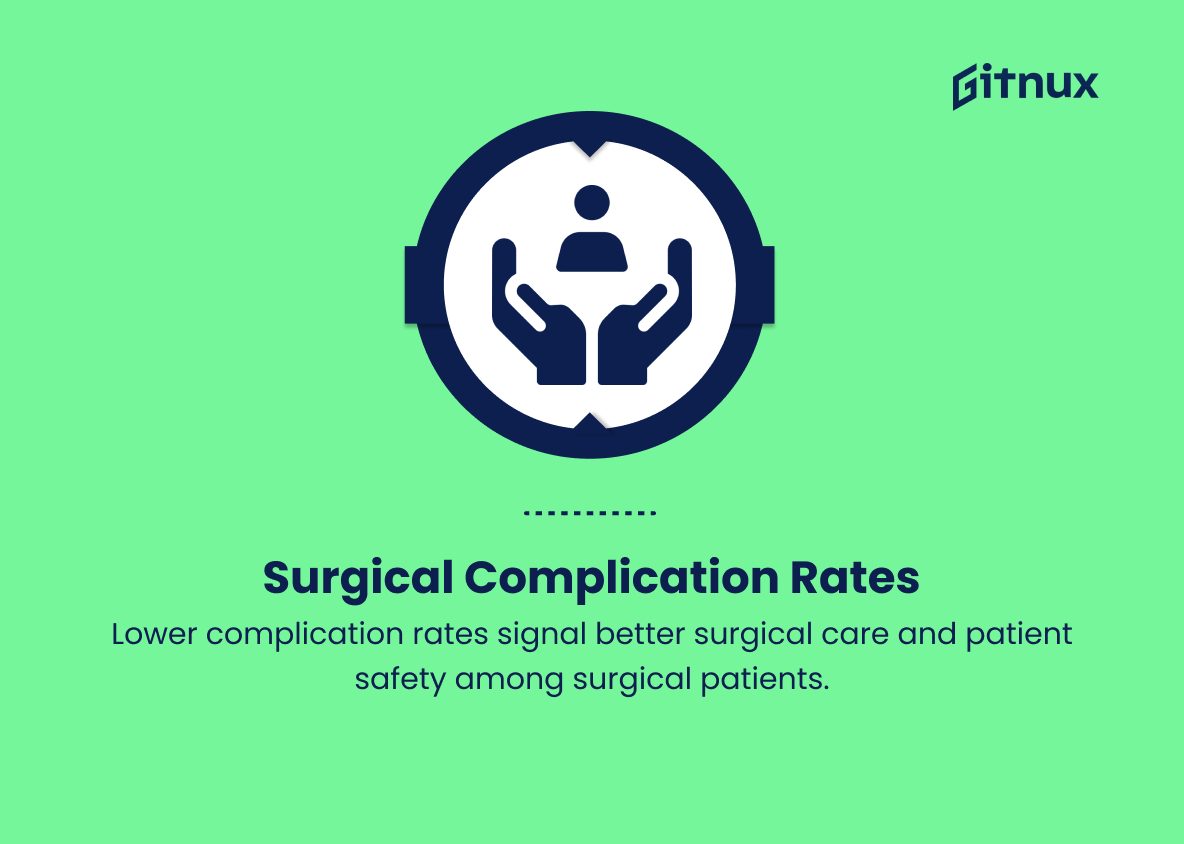In the ever-evolving world of healthcare, hospital metrics have become an indispensable tool for measuring and assessing the effectiveness, efficiency, and overall quality of care provided within these vital institutions. As the significance of data-driven decision-making continues to grow, it is crucial for healthcare professionals, administrators, and policymakers to have a deep understanding of key performance indicators (KPIs) and the impact they have on patient outcomes.
In this comprehensive blog post, we will delve into the world of hospital metrics, examining their importance, the various types and categories, and how they can be strategically utilized to drive improvements in patient care, safety, and overall hospital performance. Join us as we navigate this complex yet critical aspect of modern healthcare systems.
Hospital Metrics You Should Know
1. Inpatient admissions
The number of patients admitted to the hospital for care in a given time period, usually a month or a year.
2. Average length of stay
The average number of days a patient stays in the hospital. This metric helps in evaluating hospital efficiency, resource utilization, and capacity planning.
3. Readmission rates
The percentage of patients who are readmitted to the hospital within a certain timeframe (e.g., 30 days) after being discharged. High readmission rates may indicate inadequate care or coordination during the initial stay.
4. Emergency department (ED) wait times
The time from patient arrival in the ED to the point of admission, transfer, or discharge. This metric is used to evaluate hospitals’ ability to provide timely and efficient emergency care.
5. Surgical complication rates
The percentage of surgical patients who experience complications such as infections or unplanned return to the operating room. Lower rates indicate better surgical care and patient safety.
6. Mortality rates
The number of deaths within the hospital in a given time frame, often reported as a ratio of deaths per 1,000 patient days. This can be used to assess the quality of care provided.
7. Hospital-acquired infection (HAI) rates
The number of hospital-acquired infections per 1,000 patient days. A lower rate indicates better infection control practices within the hospital.
8. Patient satisfaction scores
Surveys that assess patient experiences related to overall satisfaction, communication, and quality of care. High satisfaction scores are associated with better patient outcomes and hospital performance.
9. Bed occupancy rate
The percentage of available hospital beds that are occupied by patients. This metric helps in assessing hospital capacity and resource utilization.
10. Staff-to-patient ratio
The number of full-time equivalent healthcare staff (e.g., nurses, physicians) per patient. Higher staff-to-patient ratios may be associated with better patient outcomes and care quality.
11. Cost per patient
The total cost incurred by the hospital to treat a patient, divided by the total number of patients treated. Lower costs per patient suggest better financial efficiency.
12. Preventable hospitalizations
The rate of hospital admissions for conditions that could have been prevented or managed with appropriate primary care. A lower rate indicates better access to and quality of primary and outpatient care in the community.
13. Patient fall rates
The number of patient falls per 1,000 patient days. This metric is used to assess patient safety and the effectiveness of fall prevention initiatives.
14. Medication error rates
The number of medication errors per 1,000 medication orders. Lower medication error rates indicate better patient safety, communication, and medication management processes.
15. Time to treatment
The time from patient arrival to initiation of treatment, such as for heart attack patients receiving a clot-busting drug or surgery. Faster times to treatment are associated with improved patient outcomes.
Hospital Metrics Explained
Hospital metrics are essential in evaluating the quality, efficiency, and overall effectiveness of healthcare institutions. Inpatient admissions provide insight into patient demand and the hospital’s ability to manage resources. Meanwhile, the average length of stay, readmission rates, and emergency department wait times can indicate the hospital’s efficiency in providing care, resource utilization, and capacity planning. Assessing surgical complication rates, mortality rates, hospital-acquired infection rates, patient satisfaction scores, and other patient safety metrics (such as fall rates and medication error rates) provide valuable information about the quality of care and patient outcomes.
Bed occupancy rates and staff-to-patient ratios help determine the hospital’s capacity and resourcing needs. Financial metrics such as cost per patient help to understand a hospital’s value proposition and financial management, while the rate of preventable hospitalizations indicates the effectiveness of primary and outpatient care in the community. Lastly, time-to-treatment measures highlight the hospital’s responsiveness in delivering crucial care in critical situations, further underlining its commitment to improving patient outcomes.
Conclusion
In summary, hospital metrics play a crucial role in providing an accurate picture of a hospital’s overall performance, ensuring patient safety, and promoting continuous improvement. By consistently analyzing these key indicators, healthcare professionals can identify areas that need attention, implement targeted interventions, and monitor progress. This will ultimately lead to enhanced healthcare services, improved patient outcomes, and a more efficient healthcare system.
It is crucial for both government bodies and healthcare organizations to stay committed to investing time, effort, and resources in the development and analysis of relevant, reliable, and meaningful hospital metrics to drive positive change in the industry.
















